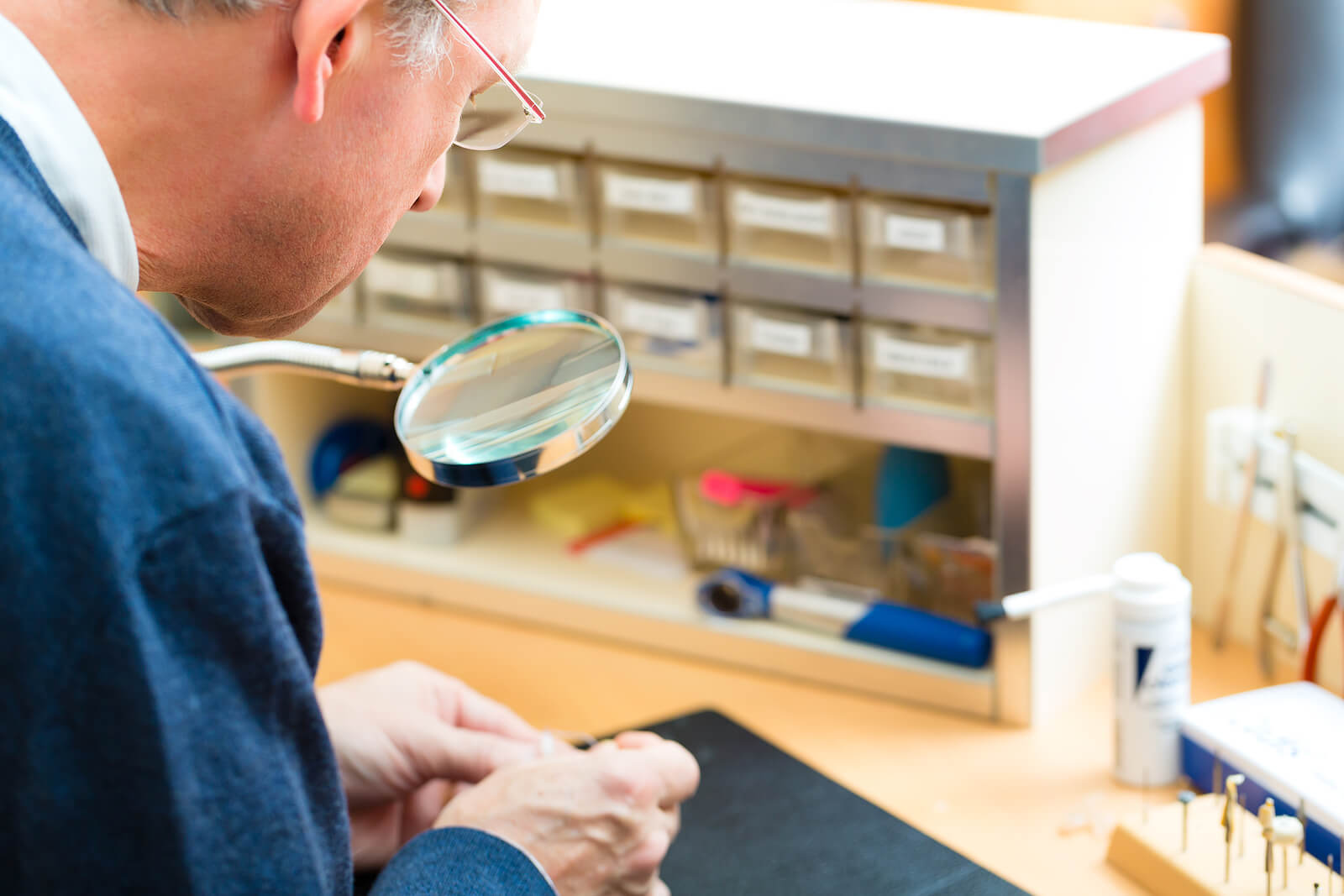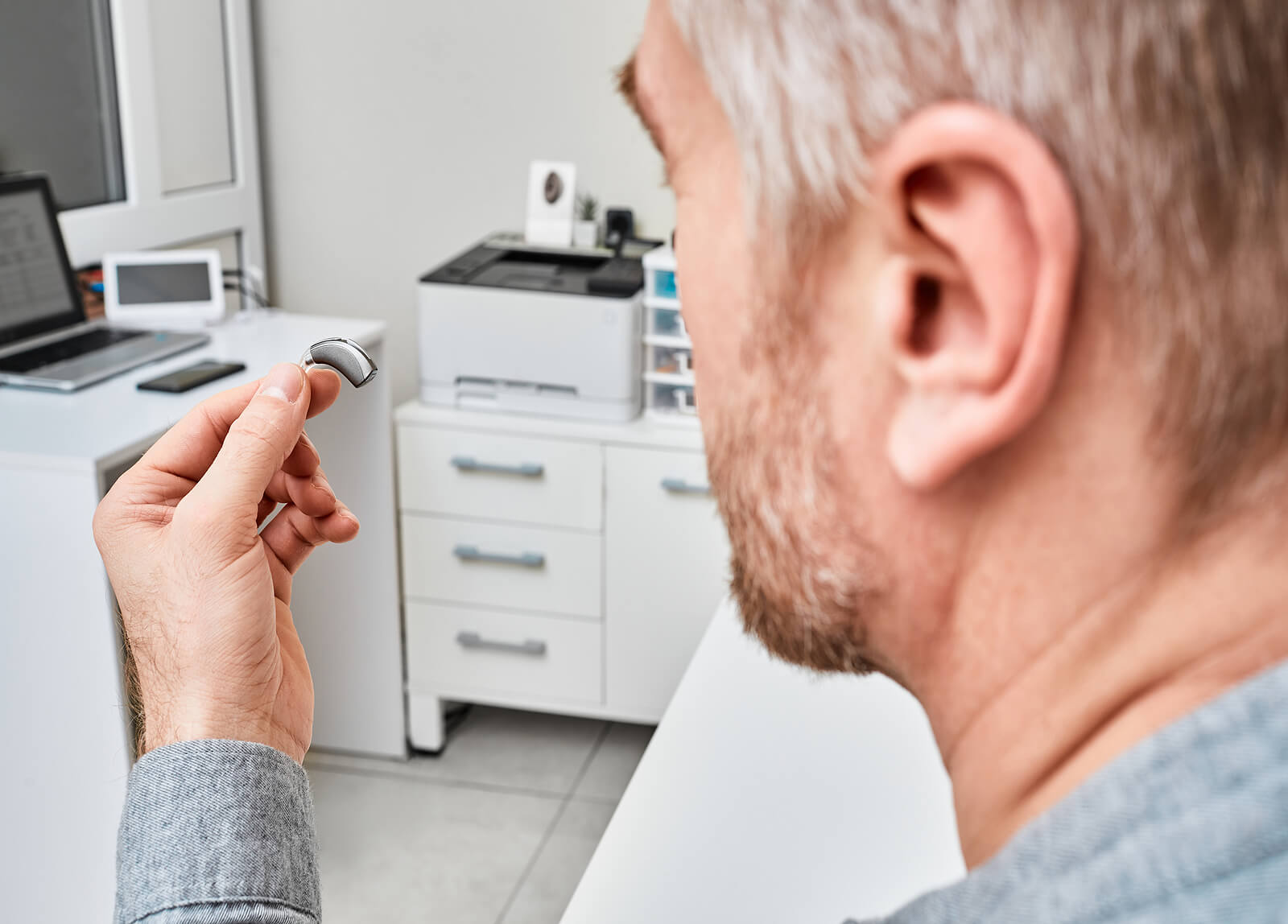Hearing Aid Repair & Maintenance
How to Identify When a Hearing Aid Needs Professional Servicing

Regular maintenance and occasional repairs can help you maintain great hearing. Here are some signs that it may be time for professional servicing:
- Weak or distorted sound: If you notice a decline in sound quality, such as weak or distorted sound, it could indicate an issue with the hearing aid's internal components.
- Intermittent or no sound: If your hearing aid intermittently produces sound or stops working entirely, it could be due to a loose connection or a battery-related problem.
- Excessive feedback or whistling: Feedback or whistling sounds can occur if the hearing aid is not fitted correctly, or if there is an issue with the device's microphone or receiver.
- Physical damage: Any visible damage to the hearing aid, such as a cracked casing, loose parts, or exposed wiring, should be addressed promptly to prevent further complications.
- Inconsistent volume control: If your hearing aid's volume control is not functioning correctly or produces a fluctuating sound volume, it may indicate an internal issue.
- Shortened battery life: If your hearing aid batteries drain faster than usual, it could be due to a problem with the device itself or a malfunctioning battery door.
If you experience any of these issues, visit Brookline Hearing Services for professional servicing.

In-House Repairs
Brookline Hearing Services offers in-house repair services for many common hearing aid problems. Our knowledgeable staff is equipped with the necessary tools and expertise to address a variety of issues, including:
- Cleaning: We can remove built-up earwax and debris from your hearing aids, which can often restore proper functioning.
- Tube and earmold replacements: Over time, the tubing or earmold of a behind-the-ear hearing aid may become damaged or worn. Our in-house repair service can replace these components for you.
- Minor repairs: For common issues like loose battery doors, broken switches, or malfunctioning buttons, we can often perform necessary repairs right in our office.
- Cleaning and maintenance: Routine cleaning and maintenance can go a long way in keeping your hearing aids in optimal condition. Our professional cleaning services ensure your devices are functioning at their best.

Hearing Aid Battery Management
Proper battery management is an important part of caring for your hearing aids. Here are some tips to help you get the most out of your hearing aid batteries:
- Battery purchase and storage: Purchase fresh batteries from trusted sources, and check the expiration dates before use. Store unused batteries at room temperature in a dry place.
- Battery insertion and removal: Follow the manufacturer's guidelines for inserting and removing batteries. Open the battery door fully to minimize power drain when not in use
- Allow batteries to breathe: Some batteries require exposure to air for activation. After removing the adhesive tab, wait for a minute before inserting the battery.
- Regular battery checks: Check the battery level regularly or monitor any low battery warning indicators on your hearing aid.
Moisture and Hearing Aids
Moisture can be detrimental to hearing aids, as it can cause corrosion and damage to the delicate electronic components. Make sure you remove your hearing aids before swimming, showering, or participating in water activities.
If you expect to be in a humid environment, consider using a dehumidifier or a drying kit specifically designed for hearing aids. Clean and dry your hearing aids every day to prevent moisture damage.

Cleaning Techniques for Hearing Aids
Regular cleaning can keep your hearing aids functioning optimally. Here are some cleaning techniques and guidelines:
- Clean your hearing aids daily: Use a soft, dry cloth to gently remove earwax, debris, and moisture from all surfaces of your hearing aids.
- Avoid using water or cleaning solutions: Avoid using water or cleaning solutions, as they can damage the sensitive components of your devices.
- Remove earwax and debris from earmolds or domes: If your hearing aids are equipped with earmolds or domes, remove them regularly and clean them with mild soap and water.
Manufacturer Customer Support for Bluetooth Pairing
- Widex: Visit Widex Support or call 844-497-8844
- Starkey: Visit Starkey Support or call 800-211-7789
- Phonak: Visit Phonak Support or call 800-679-4871
- Signia: Visit Signia Support or call 800-766-4500
- Resound: Visit Resound Support or call 800-248-4327
